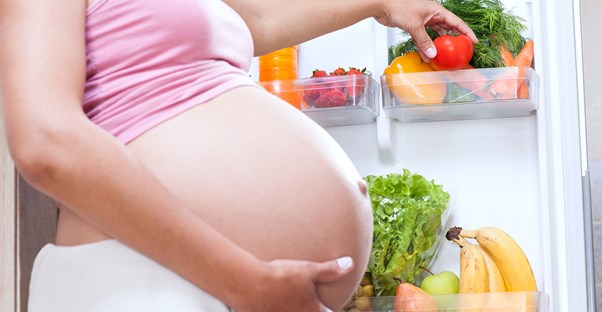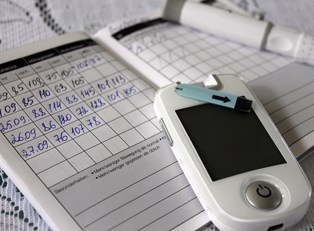Gestational diabetes is a temporary form of diabetes that only occurs in women who are pregnant. Pregnancy causes complex hormonal changes, and it's these changes that can alter the way a pregnant woman's body produces or responds to insulin. As with all forms of diabetes mellitus, gestational diabetes involves a decrease in the body's response to the production of insulin, and this leads to elevated blood glucose levels.
Gestational Diabetes Symptoms
Although many women with gestational diabetes show no troubling symptoms, there are some who do. Poorly controlled blood sugar can lead to health problems in babies born to mothers with gestational diabetes, so it's important to be on the lookout for any of the following.
- High Blood Sugar: This is the defining feature of gestational diabetes, which means that all pregnant women with the condition have elevated blood glucose levels. The level of glucose in the blood can be measured with a simple blood test or finger stick. A normal fasting blood glucose level is between 70 and 99, and after a meal, blood glucose should not increase to a value above 120. Any measured value at or above 200 warrants further testing.
- Glucose in Urine: Glycosuria, or producing urine that contains glucose, is another common symptom of gestational diabetes. Glucose in the urine occurs when blood glucose levels increase to well above 200. At normal concentrations, glucose is filtered out of the blood in the kidneys and fully reabsorbed; at abnormally high concentrations, glucose is still filtered into the kidneys, but there is simply too much for the body to reabsorb, so some of it appears in the urine. Pregnant women can measure this at home by using a test kit purchased at a local pharmacy.
- Increased Thirst and Urination: Increased thirst and urination are two less common symptoms of gestational diabetes, and it can be difficult to determine if such changes are a normal part of pregnancy or due to the condition. Either way, notable differences in thirst and urinary frequency should be reported to your physician. The physiologic basis of the increased thirst in patients with diabetes stems from excessive urine production due to elevated blood glucose levels. As the body produces more and more urine, dehydration leads to the sensation of thirst. In severe cases, there may be a total inability to satisfy thirst.
- Blurred Vision: Some women with gestational diabetes experience blurred vision, but it's not considered a common symptom. Diabetic vision changes arise from swelling of the lens of the eye. Luckily, the risk for long term visual loss is rare in women with gestational diabetes, and blurry vision often goes away soon after childbirth.
- Recurrent Infections: A very small percentage of women with gestational diabetes experience recurrent infections, especially of the bladder. A large amount of glucose in the blood can damage capillaries in ways that prevent white bloods cells--cells that fight infection--from leaving the circulation and entering infected tissue. Painful and frequent urination often accompany bladder infections.




